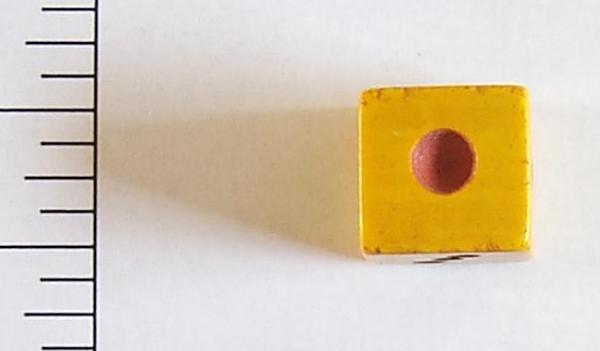

Ivory or Bone
There are many items on the Market today being represented and sold as Ivory that really aren't. This may be due to deception or innocent ignorance. Next to Cinnabar, this is the most abused of all descriptions used to sell Oriental Collectibles.
But how do you tell what is Ivory and what isn't, especially if only viewing an image on the Internet. Hopefully this will help.
The most likely imposters are Bone and Plastic ( Resin )
To test for plastic, the easiest and most common method is the pin test. Heat a pin to red-hot and touch it to the bottle. If it melts, its plastic. If it doesn't melt, we narrowed it down to Bone or Ivory. There should be no fear of damaging the piece using this method because Ivory will be undamaged by this test, and if it melts, it wasn't worth much anyway.
Now comes the tough part. You have determined that it is not plastic. So it must be bone or ivory. The coloration of Ivory is usually very consistent throughout the entire piece. ( no light and dark patches ) It has a very fine grain that appears in a woodgrain pattern. Black cracks ( age lines ) are not uncommon in very old pieces of Ivory. Bone, on the other hand, tends to have numerous discolorations and distinct feature. Patches of Brown or Black spots resembling a beard, or dark blotches consisting of parallel lines. Another potential clue is that most bone items are made using 3 to 4 pieces of bone. Look for seams. Due to shortages in available Ivory for artists, other substance have always been sought. The trade in Elephant Ivory has nearly come to a complete stop. The master carvers of China and Japan have turned to alternative substances for the making of Snuff Bottles, Netsuke, and other works of Art. Mammoth Ivory is currently being excavated in areas of Northern Siberia. This is from Mammoth Elephants and Mastadons that live 2,500 to 2 million years ago. The frozen glaciers have preserved there remains in near perfect condition. Hippo Ivory is another favorite among artists. It comes from the tusks and teeth of captive Hippos. Hippo Ivory is very close to Elephant Ivory in both hardness and appearance which makes it the favorite among Carvers. The wonderful thing about Hippo Ivory is that the animal doesn't have to die. There are thousands of Hippos in Zoos around the world. These Hippos do not wear their teeth down as quickly as they do in the wild. Therefore the Vets need to trim their Tusks and Teeth once or twice a year. These pieces are then sold to both support the zoo and provide raw materials for the artists. Another common material for large carvings and an occasional Snuff Bottle is called Bonesap. Bonesap is ground, powdered bone that is mixed and cast in a tree sap resin. When carved and polished it has a wonderful gleam that rivals the finest ivory. Of course you will not find grain lines. This is different than plain Resin Bottles which are mearly plastic. There are Bonesap sculptures that sell at auction for thousands of dollars.
http://www.fareastgallery.com/ivory.html
| Bone |
Ivory |
 |
 |
| Back
to Info About Dice |
| HOME |